Table of Contents
Introduction to Allspice
Allspice is a single spice derived from the dried berries of the Pimenta dioica plant, native to the Caribbean. Despite its name, it is not a blend of multiple spices; it's one distinct spice that tastes like a combination of cinnamon, nutmeg, and cloves. This unique flavor profile makes it a versatile ingredient in both sweet and savory dishes, from Caribbean jerk chicken to pumpkin pie.
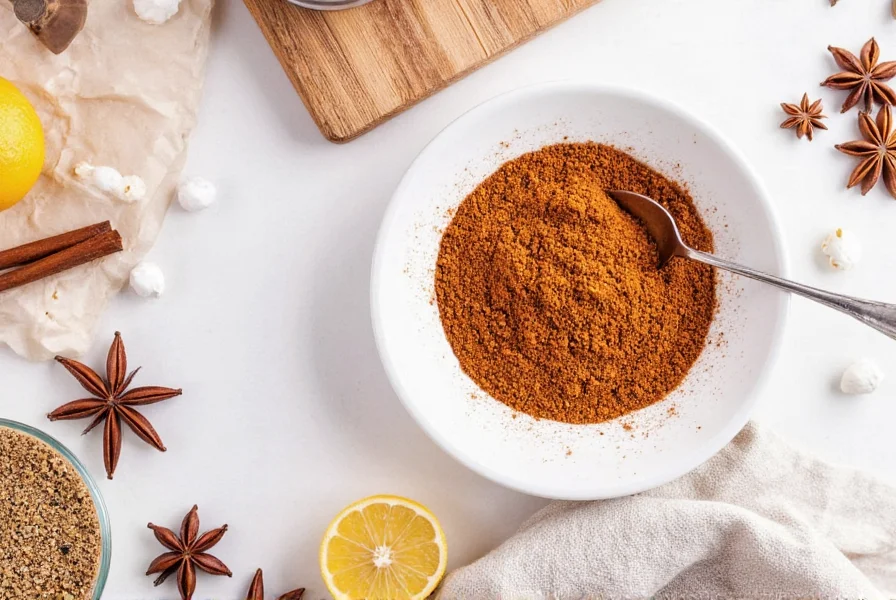
The Flavor Profile of Allspice
Allspice has a warm, sweet, and slightly peppery flavor that resembles cinnamon, nutmeg, and cloves combined. It delivers complexity without overpowering other ingredients, making it ideal for a wide range of dishes. When used correctly, it adds depth to recipes while maintaining balance—like a harmonious background note in a culinary symphony.
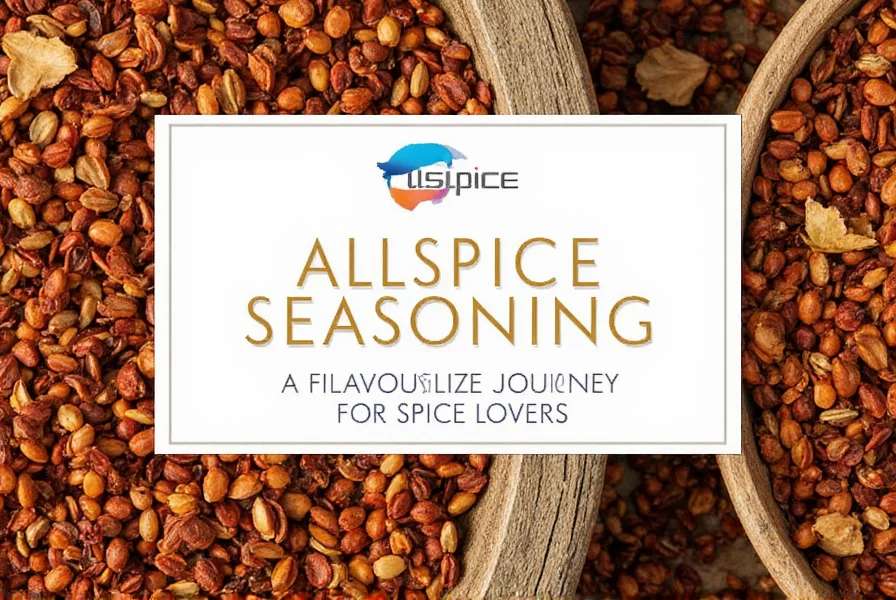
Cooking Uses and Tips
Here are practical ways to use allspice in your kitchen:
- Meat Rubs: Sprinkle ground allspice on chicken, pork, or beef before grilling or roasting for rich, aromatic depth.
- Soups and Stews: Add a pinch to tomato-based soups or hearty stews for comforting warmth.
- Baked Goods: Use in gingerbread, cookies, or cakes for a subtle spicy kick.
- Marinades: Mix into marinades for meats or vegetables to enhance flavor complexity.
- Spiced Drinks: Add a dash to mulled wine, apple cider, or hot chocolate for cozy warmth.
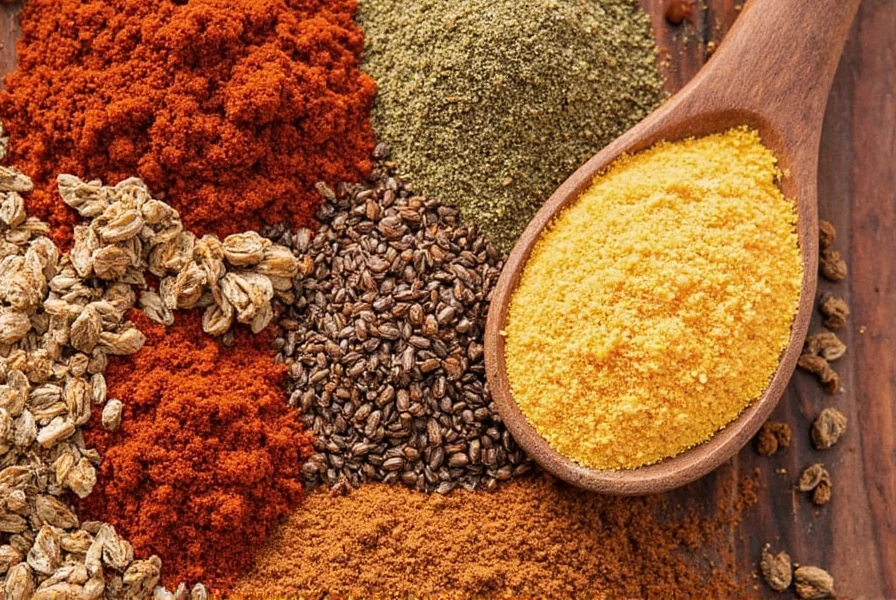
Pro Tip:
Start with a small amount (⅛ to ¼ teaspoon per serving) and adjust to taste. Allspice is potent, so a little goes a long way.
Buying Guide for Allspice
When purchasing allspice, consider these key factors:
| Feature | Why It Matters |
|---|---|
| Freshness | Fresh allspice retains potency and aroma. Look for products with clear harvest or expiration dates. |
| Form | Whole berries retain flavor longer; ground allspice is convenient but loses potency faster. Store ground allspice in airtight containers. |
| Packaging | Airtight glass jars or resealable bags prevent moisture and light exposure, preserving quality. |
| Brand Reputation | Choose brands specializing in single spices with transparent sourcing and quality controls. |
Recommended Products:
- Spice Islands Allspice – High-quality ground allspice with consistent flavor for everyday cooking.
- Cloves & Allspice Co. Whole Berries – Fresh whole allspice berries for grinding; ideal for optimal aroma in recipes.
- Simply Organic Allspice – USDA-certified organic option with no additives, perfect for health-conscious users.
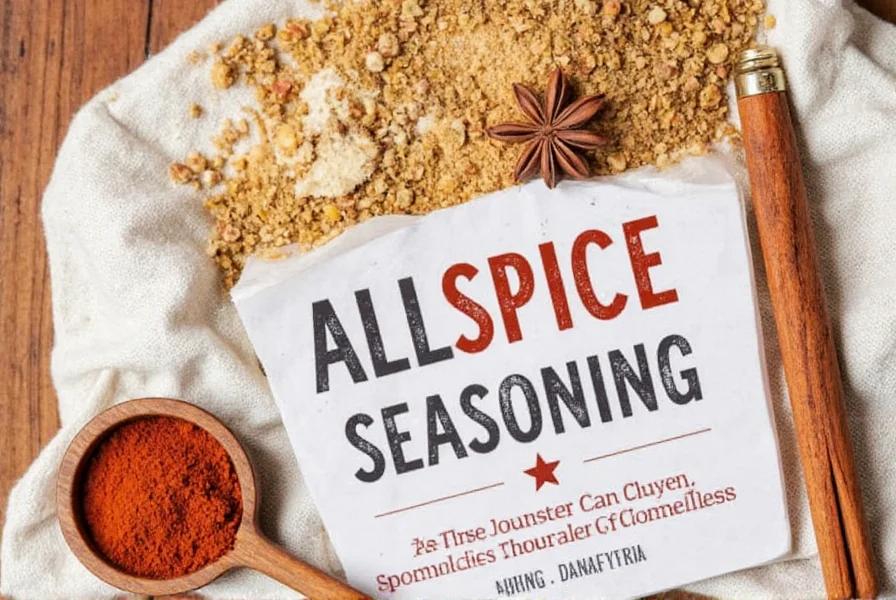
Comparison with Other Spices
Allspice is often compared to other warm spices due to its complex flavor. Here's how it differs:
| Spice | Flavor | Best For |
|---|---|---|
| Allspice | Warm, sweet, and slightly peppery; resembles cinnamon, nutmeg, and cloves combined | Savory dishes like jerk chicken, stews, and baked goods like pumpkin pie |
| Cinnamon | Sweet and woody | Baked goods, oatmeal, and coffee |
| Nutmeg | Warm, nutty, and slightly bitter | Soups, creamy sauces, and eggnog |
| Cloves | Strong, sweet, and pungent | Spiced wines, meat rubs, and holiday dishes |
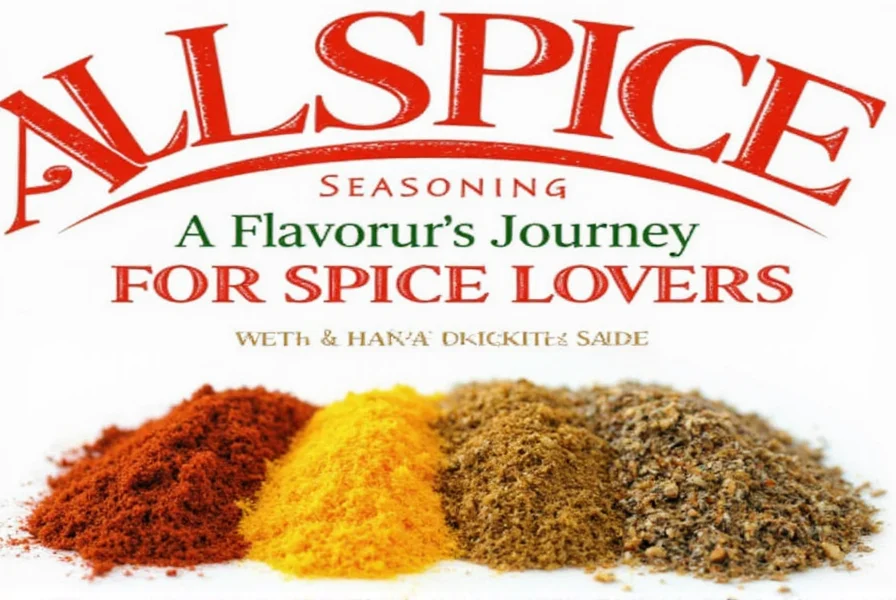
Frequently Asked Questions
What is allspice?
Allspice is a single spice made from the dried berries of the Pimenta dioica plant, native to the Caribbean. It's called "allspice" because its flavor resembles a combination of cinnamon, nutmeg, and cloves, but it is one distinct spice—not a blend.
How is allspice different from a cinnamon-nutmeg-cloves blend?
A cinnamon-nutmeg-cloves mixture is a homemade substitute for allspice, but true allspice is a single spice with its own unique chemical composition. Using the substitute may alter flavor balance in recipes, as allspice has a more integrated, nuanced taste.
What can I use as a substitute for allspice?
For recipes calling for allspice, use a blend of 2 parts cinnamon, 1 part nutmeg, and 1 part ground cloves. However, note that this is an approximation; true allspice provides a more harmonious flavor profile.
How should I store allspice to keep it fresh?
Store whole allspice berries in an airtight container away from heat and light. Ground allspice should be used within 6 months for best flavor. Glass jars with tight seals work best for preservation.
Which dishes work best with allspice?
Allspice shines in Caribbean jerk seasoning, slow-cooked stews, pumpkin pie, gingerbread, mulled wine, and roasted root vegetables. Its versatility makes it suitable for both savory and sweet applications.
Is allspice spicy like chili peppers?
No, allspice is not spicy in the fiery sense of chili peppers. It has a warm, aromatic heat from its natural compounds, but it won't cause burning or irritation. The flavor is complex and soothing, not aggressive.
Can I use allspice in beverages?
Absolutely! Add a small pinch (⅛ to ¼ teaspoon) to hot beverages like apple cider, mulled wine, or hot chocolate while heating to infuse flavors. Strain whole berries before serving for smooth texture.
Conclusion
Allspice is more than just a spice—it's a single ingredient with a remarkably complex flavor profile that bridges sweet and savory worlds. Whether you're cooking Caribbean classics or experimenting with holiday treats, understanding allspice's true nature as a single spice (not a blend) unlocks its full potential. Start with small amounts, respect its potency, and let its warm, nuanced character transform your dishes. Your kitchen will thank you.
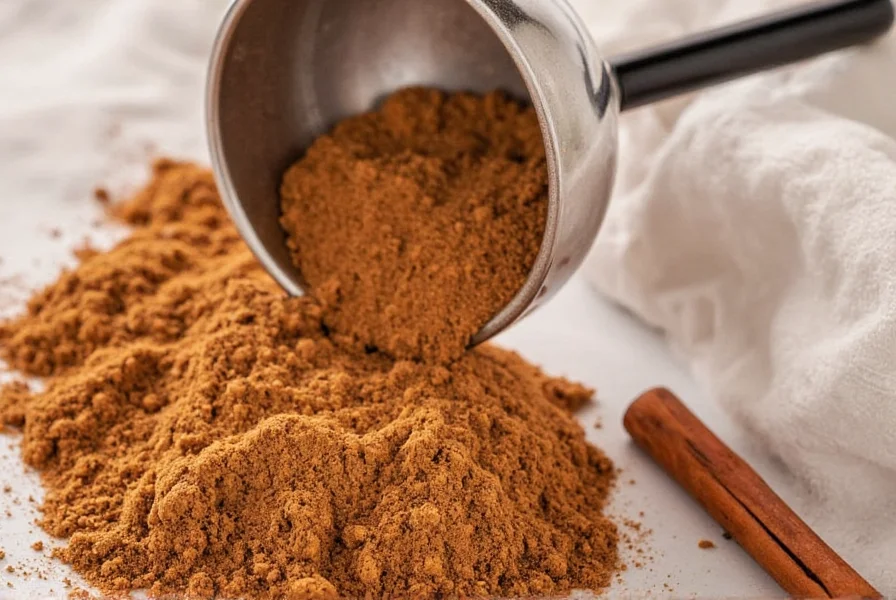
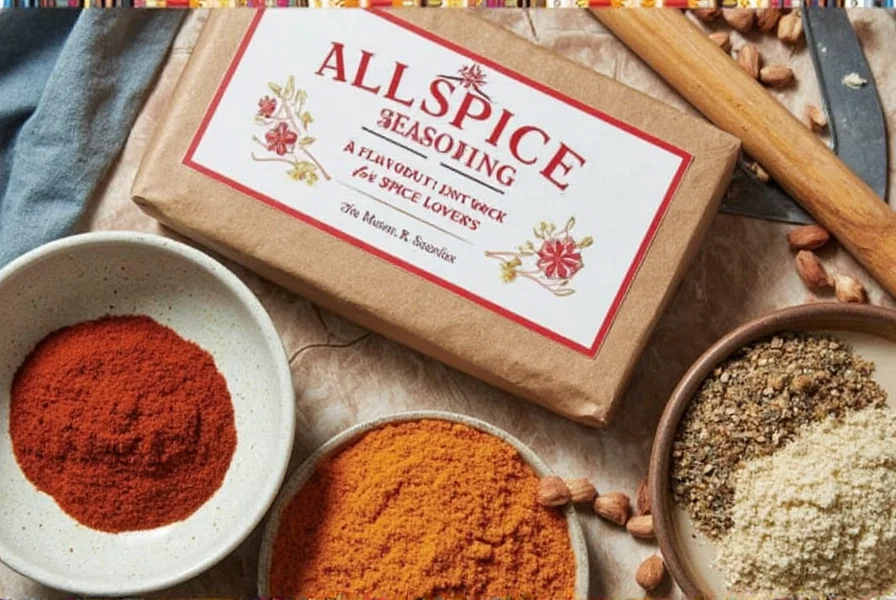
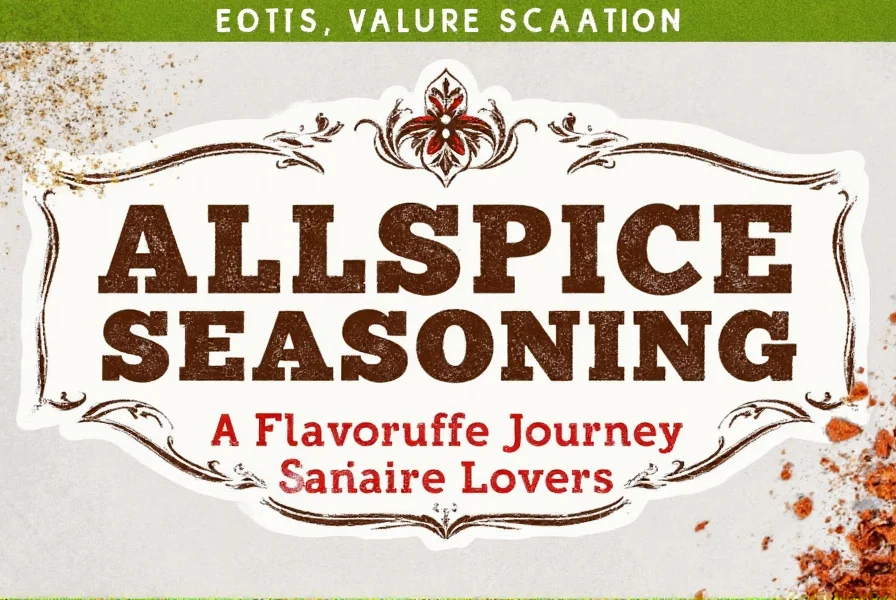
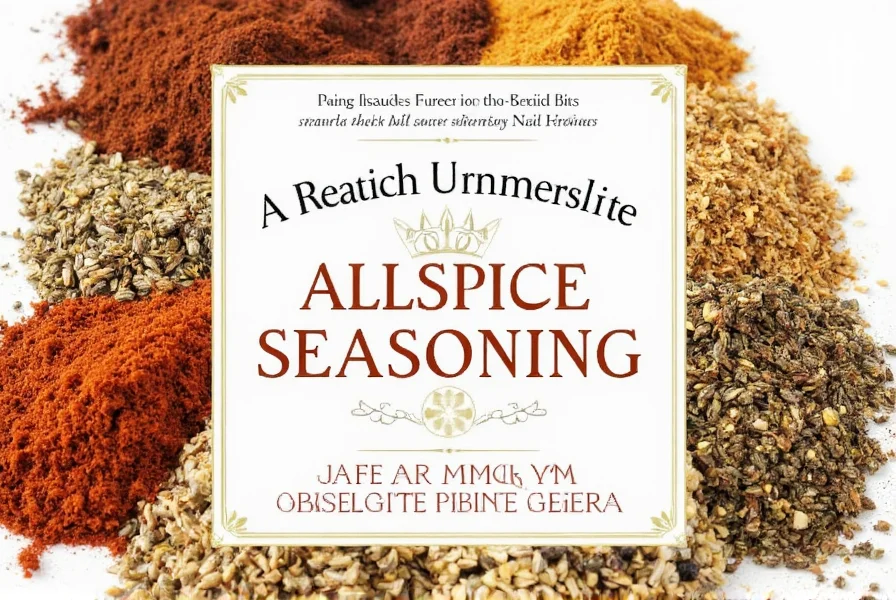
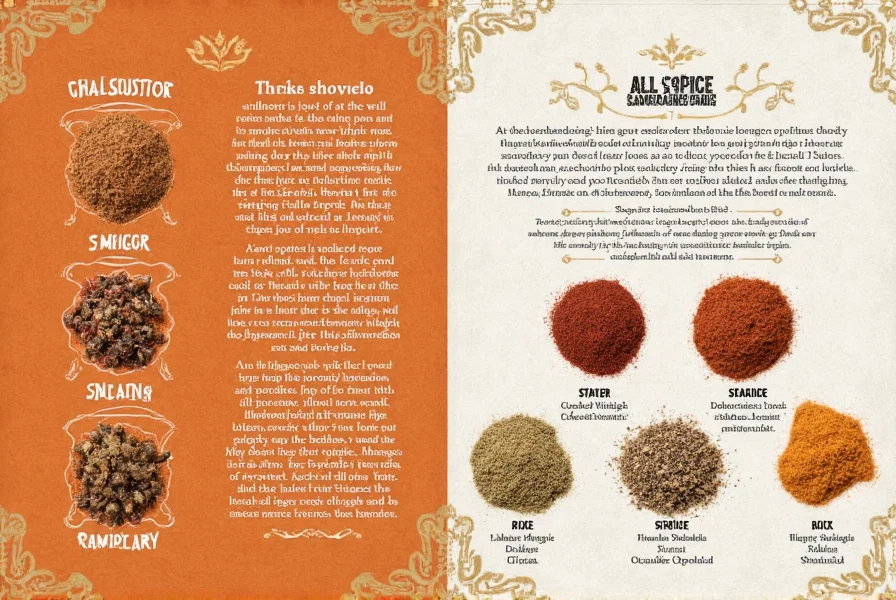

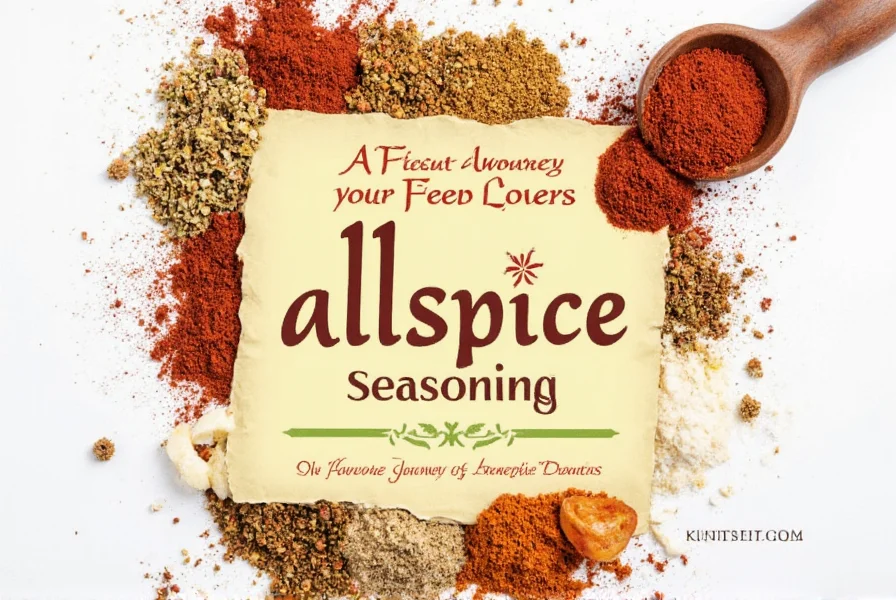









 浙公网安备
33010002000092号
浙公网安备
33010002000092号 浙B2-20120091-4
浙B2-20120091-4